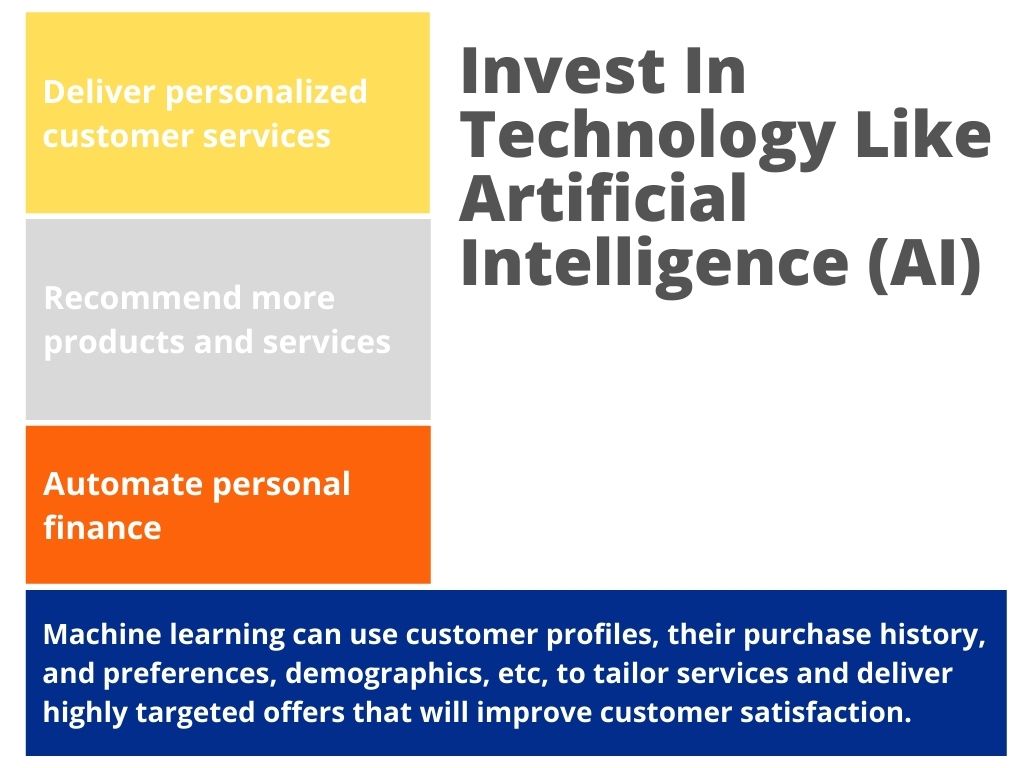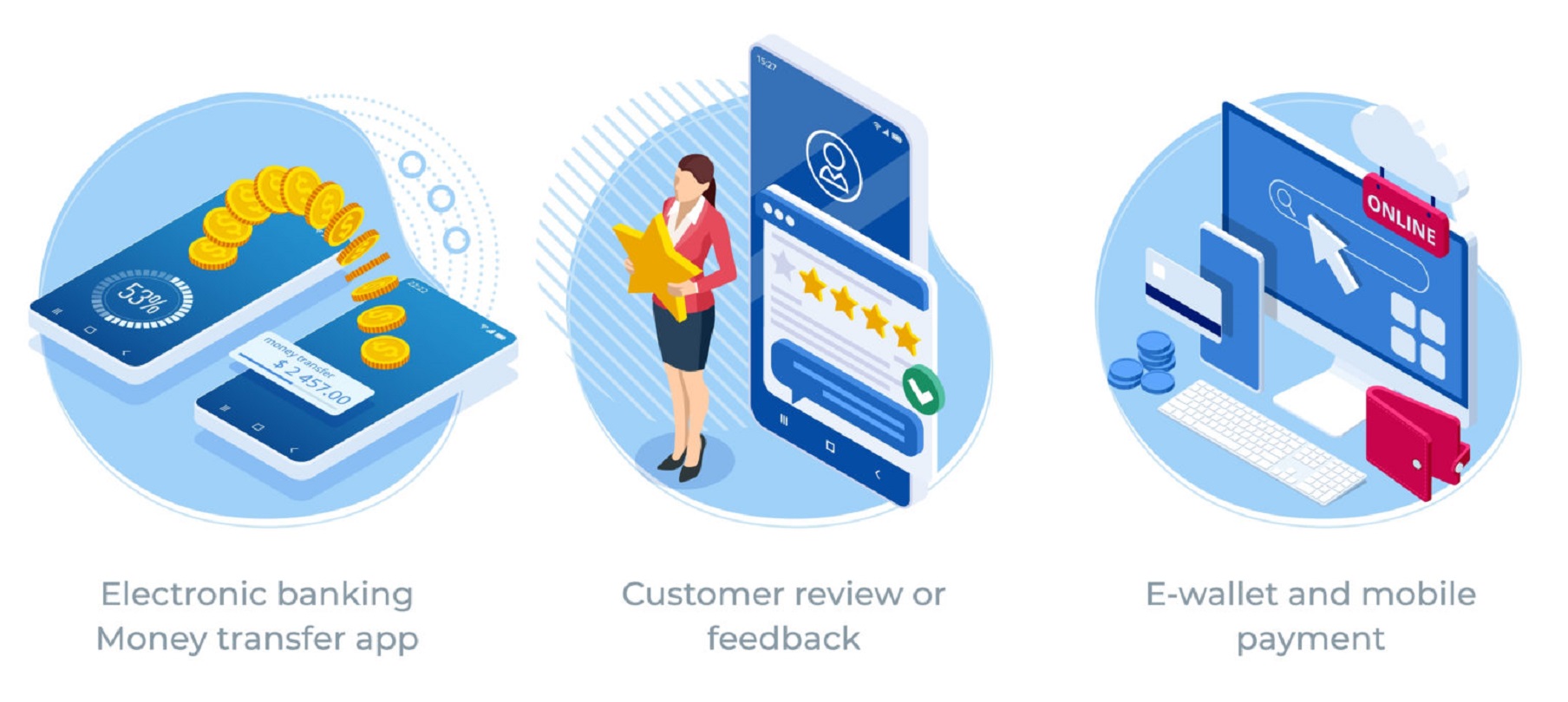While that may be welcome news for financial players in the online ecosystem, it does not augur well for real-world banks because most of them, and some other financial institutions such as insurance, credit card companies, and payment providers, find themselves still mired in the traditional way of doing business.
Even those financial institutions that have tried to make the shift find themselves straddling the two worlds, still trying to optimize customer service within channel silos; struggling with call centers, and mobile apps all at the same time.
In a sense, the story unfolding here is comparable to the battle between traditional retailers and eCommerce firms.
It’s a struggle which, from the looks of it, the traditionalists may well lose if they do not take some action.
Only those keen on adapting to the ways of the digital world will eventually survive, and the same is true for the finance sector.
As global financial institutions continue to cope with pressure on the toplines and bottom lines, it is becoming clear increasingly that like in other businesses, here too, customer service is driving sales and profits.
Speak to our experts to find out how data analytics can enhance your customer
experience.
Finance Businesses Need to be Proactive, Not Reactive in Customer Service
Even for financial enterprises that have made the switch, customer service can no longer be reactive. Proactivity is required to keep customers happy with the brand, the product, or the service.
Proactivity should not start and end at providing personalized customer service, but financial institutions need to completely re-think the way interact with prospects and clients.
To achieve a measurable degree of proactivity, data analytics techniques such as predictive analytics and customer value analysis (CVA) need to be deployed.
Improving the customer experience using advanced data analytics is what will keep a customer content, eventually driving up revenue. Analytics can prove to be useful in identifying the next-best-action or product offering.
CVA is the interaction between technology, data, statistics, and business processes. It utilizes data science to monitor consumer buy patterns, scrutinizes customer responses, among other things, and then uses these insights in customer servicing.
A straw poll, however, will show that many banks and other payments providers may have started to implement customer service transformation to various degrees but have not yet leveraged it fully.
How Data Science can Play A Role
Delivering a high-quality omnichannel experience in a customer’s journey calls for the integration of customer interactions across digital and traditional channels.
Like we said earlier, customer service is shifting from branch and call-centric models to a seamless omnichannel dynamic interaction between the enterprise and the customer, albeit slowly.
Financial institutions need to come up with customer service strategies that are not only entirely data-based but also include data-driven innovations. Which means having tools like machine learning and predictive analytics.
They must not fall into the classic trap of operating data silos but the strategy must be able to envision the connection of data across the whole technology landscape. The strategy must be able to simplify the landscape while reducing data redundancies.
Streamline your cash flow and enhance operational efficiencies using our financial analytics solution
Writing in an article in MIT Sloan Management Review, Barbara H. Wixom, a principal research scientist at the MIT Center for Information Systems Research in Cambridge, Massachusetts, and Gabriele Piccoli, the Edward G. Schlieder Chair of Information Sciences at Louisiana State University, had this to say about “data paradox”:
…managers continue to find it challenging to use (this) data to create new value for customers. We blame this data paradox on the classic data-insight-action framework. The familiar process lulls managers into thinking that producing “valuable” data or surfacing insights for their customers is enough. This encourages passivity, and companies become much too trusting that customers will actually use and act upon the information provided. As a result, companies deploy analytics-based features and experiences that customers don’t use. And, because there is no action, there also is no value creation, and certainly no value capture, by the company.
Research by the duo showed that analytics-based experiences and customer product feature paid off only when combined with aggressive tactics. Those companies that learned to do this relied less on a sequential data-insight-action process and focused instead on interweaving insights and action activities to deliver actioned analytics to their customers.
Invest in Technology Like AI
Thus, investments in technology like artificial intelligence and robotics are critical to transforming the customer experience.
For example, machine learning can help in the following ways:
- Deliver personalized customer services
- Recommend more products and services
- Automate personal finance
All of this and more can be achieved by deploying AI. Machine learning can use customer profiles, their purchase history, and preferences, demographics, etc, to tailor services and deliver highly targeted offers that will improve customer satisfaction.

For example, with ML-driven data analytics, banks can increase customer retention due to customer profiling.
The use of analytics means banks no longer have a generic view of their customers as before but a more complete picture of each customer, which will then help them track their online banking behaviors and tailors their services to their preferences.
Before signing off, a report by Deloitte Digital’s Digital Banking Maturity 2020 Report has found 60 percent of banks had either shut or shortened their opening hours and fast-tracked new digital features such as automated account creation remote identification and verification, and contactless payments.
To conclude: It is of utmost importance for financial sector services to measure the customer experience and identify ways to improve in this area. For this, financial services enterprises must increase their adoption of data analytics and AI to capitalize on the data from new digitally driven channels.
Related Blogs:


No comments yet.